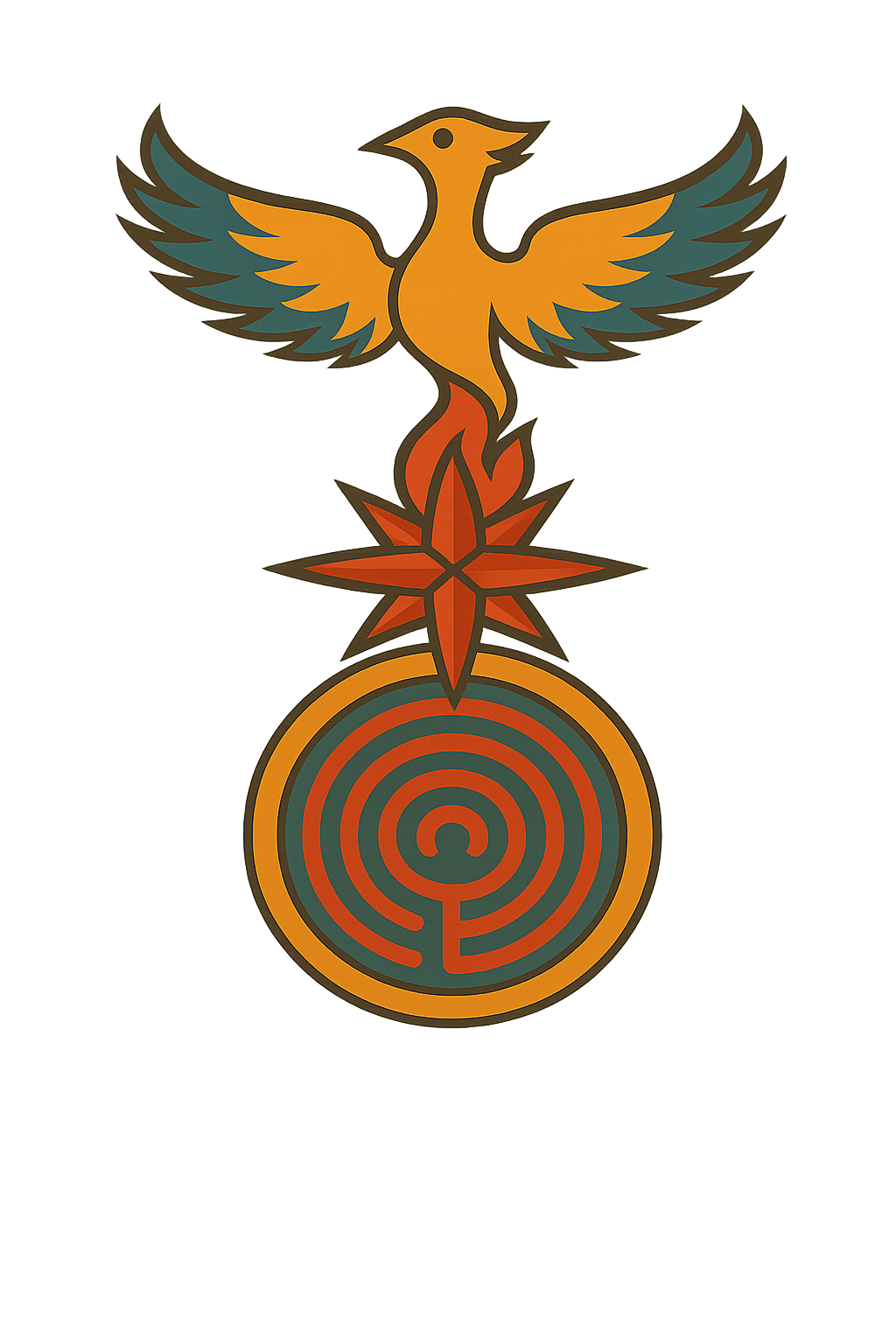Language of the Path
Words in Sacred Imagination are not rigid definitions. They are invitations—metaphors, symbols, and signs that speak deeper than doctrine.
This glossary offers a way to walk with them.
Myth
A sacred story that was never meant to be fact—but always meant to be true.
Myth carries meaning across time, not because it happened, but because it happens in us.
Example: The Phoenix does not need to be real to speak of rebirth.
Metaphor
When something ordinary becomes a doorway to something sacred.
Metaphor doesn’t describe—it reveals.
Example: Fire is not only fire. It is transformation, trial, illumination.
Symbol
A shape, image, or object that opens something beyond itself.
A symbol cannot be reduced to one meaning—it lives in layers.
Example: A labyrinth is not a maze. It is a walk inward and a way home.
Allegory
A story where every character and element points to something else.
More structured than myth—less open than metaphor.
Example: A journey through a dark forest might represent the soul’s descent and return.
Ritual
A repeated action done with presence.
Not for performance, but for participation.
Example: Lighting a candle in silence may say what words cannot.
Imagination
Not escape—but engagement.
Imagination is the inner landscape where myth, symbol, and soul meet.
It is sacred not because it is fanciful—but because it makes meaning.
This glossary is just a beginning.
The real meaning comes in the walking.
For those who wish to walk more deeply with these words, a more expansive glossary is available in Appendix D of the Sacred Imagination Guide accessed via the button below.
